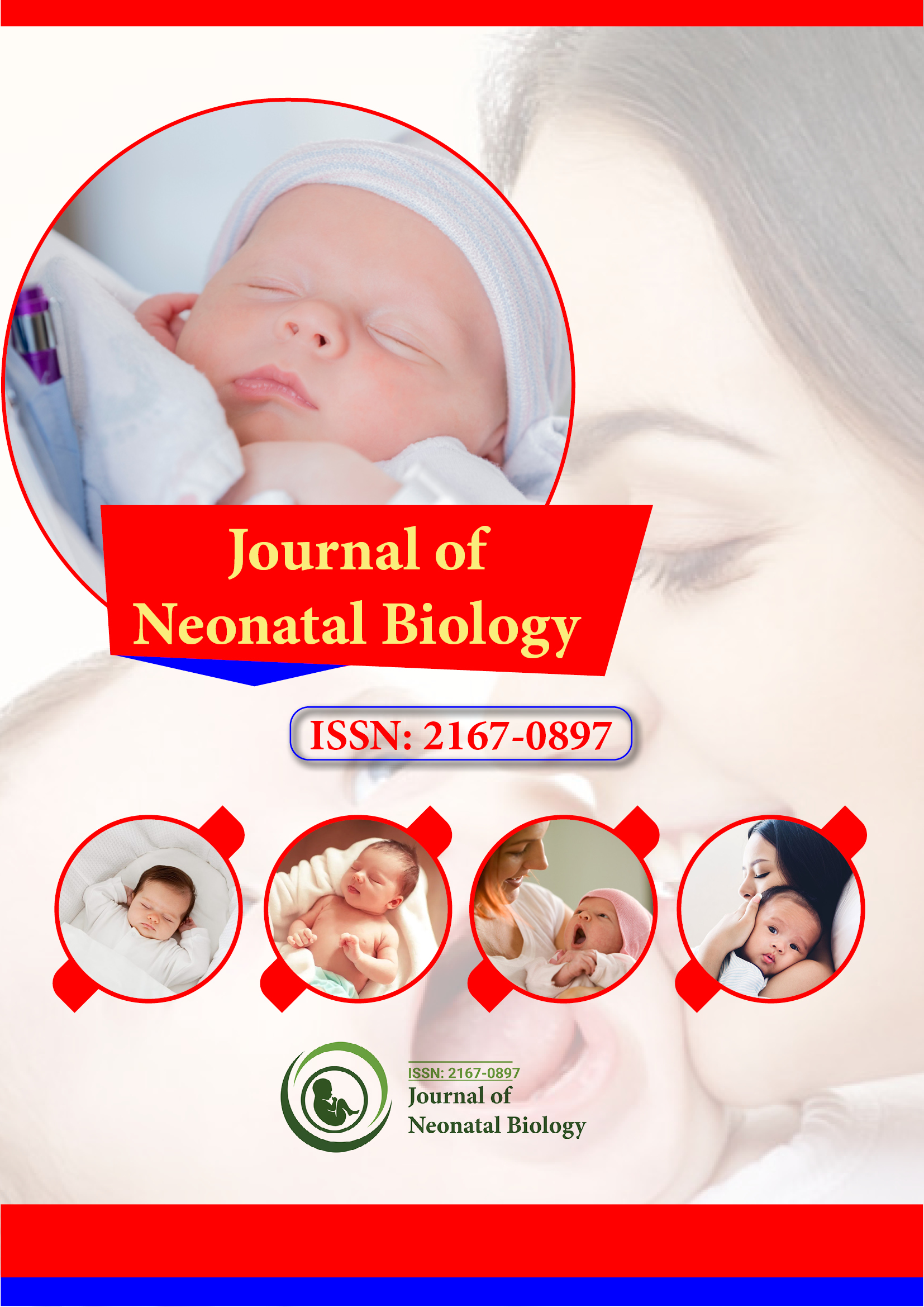インデックス付き
- Genamics JournalSeek
- レフシーク
- ハムダード大学
- エブスコ アリゾナ州
- OCLC-WorldCat
- パブロン
- ジュネーブ医学教育研究財団
- ユーロパブ
- Google スカラー
このページをシェアする
ジャーナルチラシ

概要
Efficacy of Intensive Phototherapy in Management of Neonatal Hyperbilirubinemia in Neonatal Unit of Assiut University Children Hospital
Abdelazeem KS, Soliman AA and Askar EAA
Objective: To assess the effectiveness of intensive phototherapy in comparison with conventional phototherapy in reducing the need for exchange transfusion and the duration of phototherapy for management of neonatal hyperbilirubinemia in Neonatal Unit of Assiut University Children Hospital.
Methods: The prospective study was conducted from March 2016 to February 2017 and comprised neonates with indirect hyperbilirubinaemia near the level of ECT who were admitted to the Neonatal Unit of Assiut University Children Hospital and treated with intensive phototherapy (group 1). These neonates were compared with a historical retrospective group who had been treated with conventional therapy from March 2012 to February 2013 (group 2). Both groups were subjected to complete clinical evaluation and laboratory investigations.
Results: The use of intensive phototherapy in the treatment of indirect pathological hyperbilirubinaemia is very effective in lowering total serum Bilirubin when its level is within 2-3 mg/dl (34-50 umol/l) of the exchange transfusion level and it has succeeded in reducing the frequency of exchange transfusion with its hazards and serious complications. It has also succeeded in reducing the duration of phototherapy and subsequently the duration of hospital stay and economic burden.
Conclusion: The use of intensive phototherapy in the treatment of indirect pathological hyperbilirubinaemia is as effective as exchange transfusion in lowering Total Serum Bilirubin when its level is within 2-3 mg/dl (34-51 μmol/l) of the exchange level and it is effective in reducing needs for exchange transfusion and duration of phototherapy.